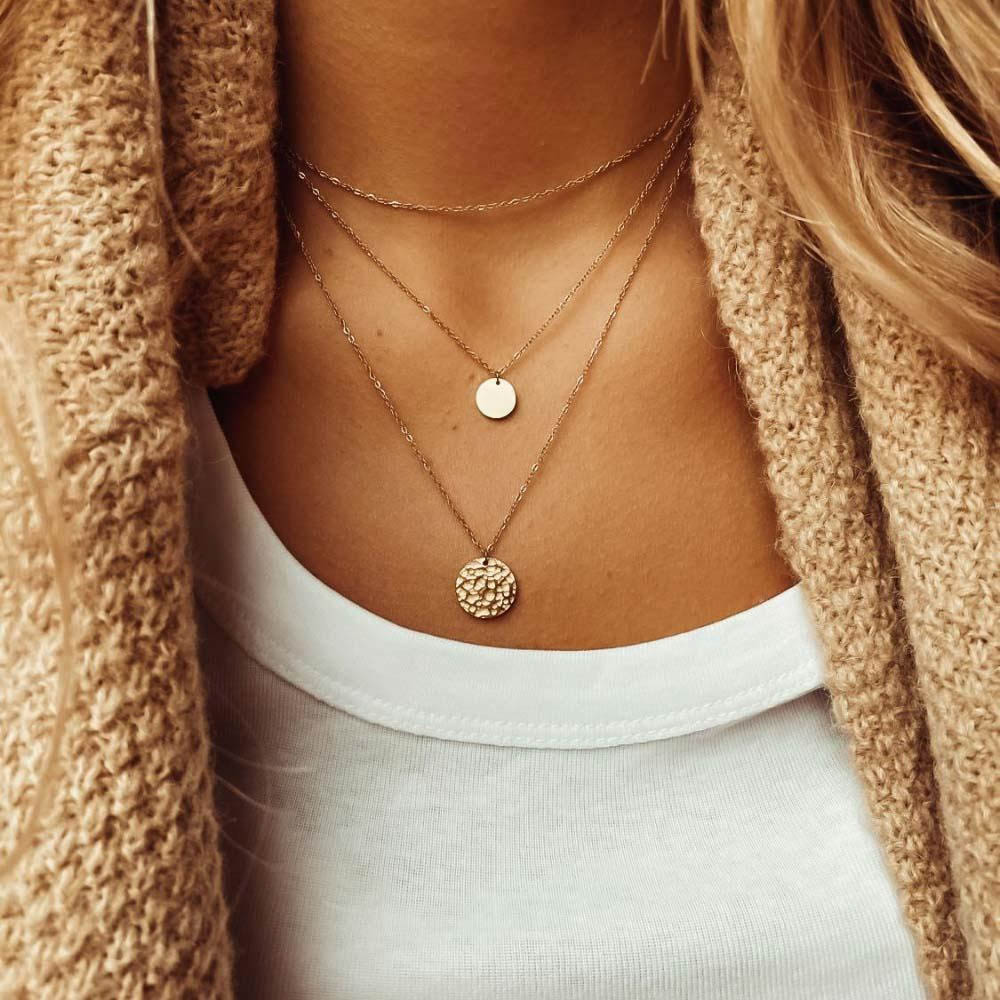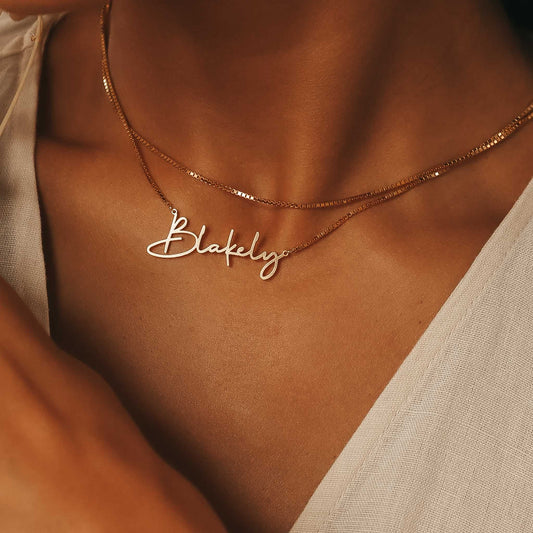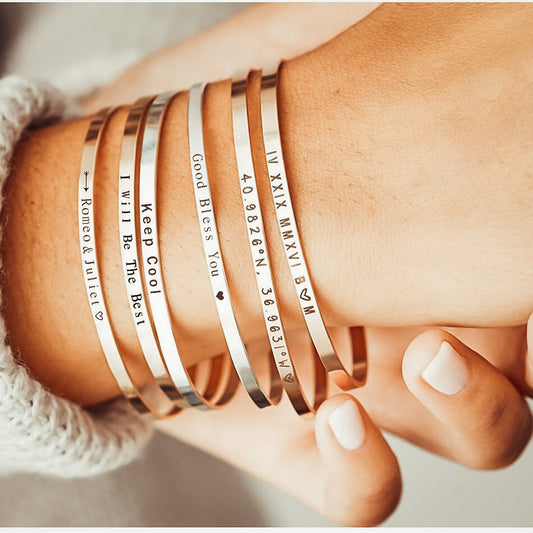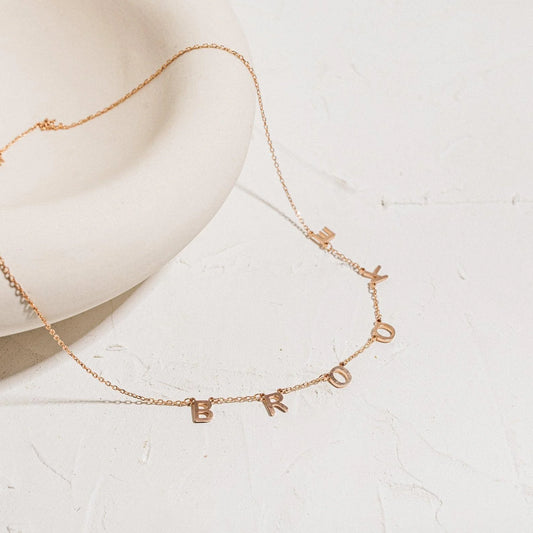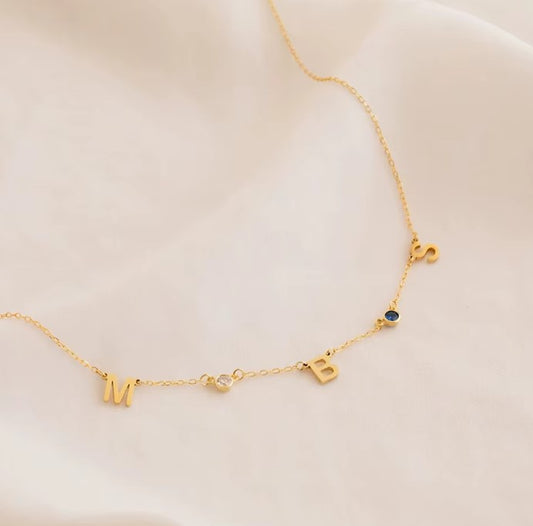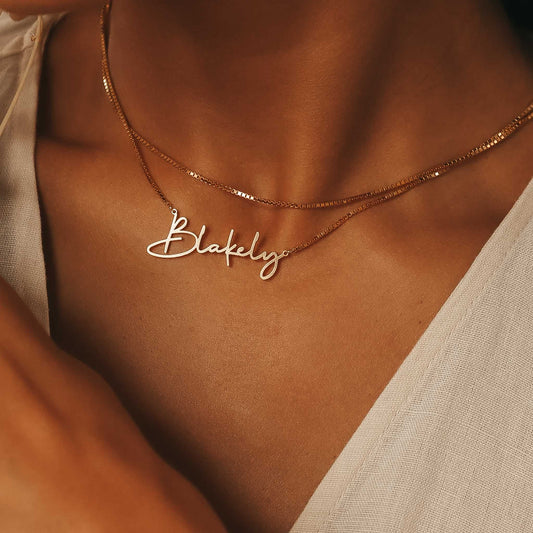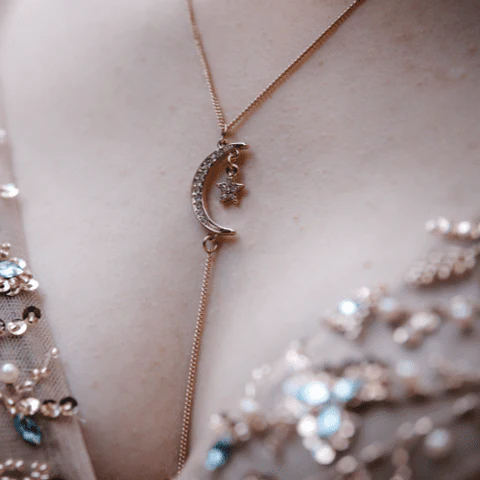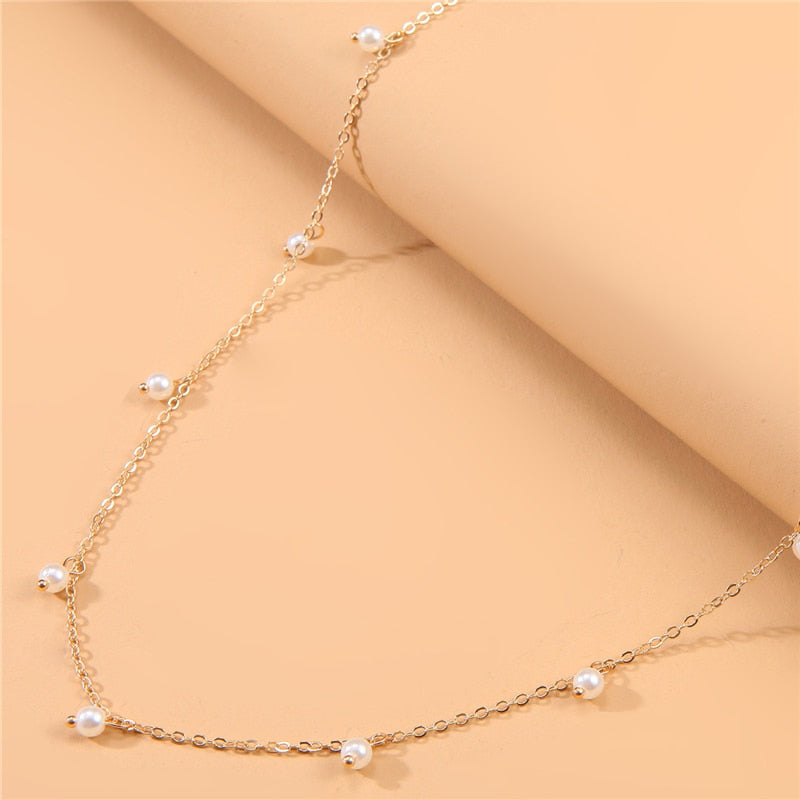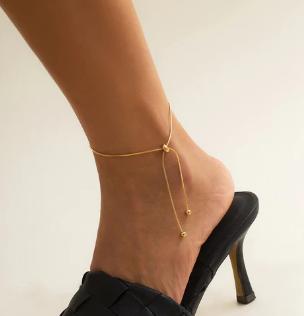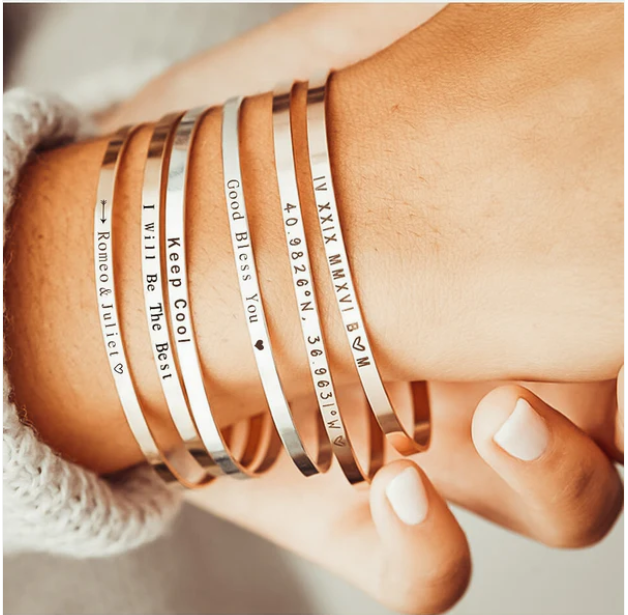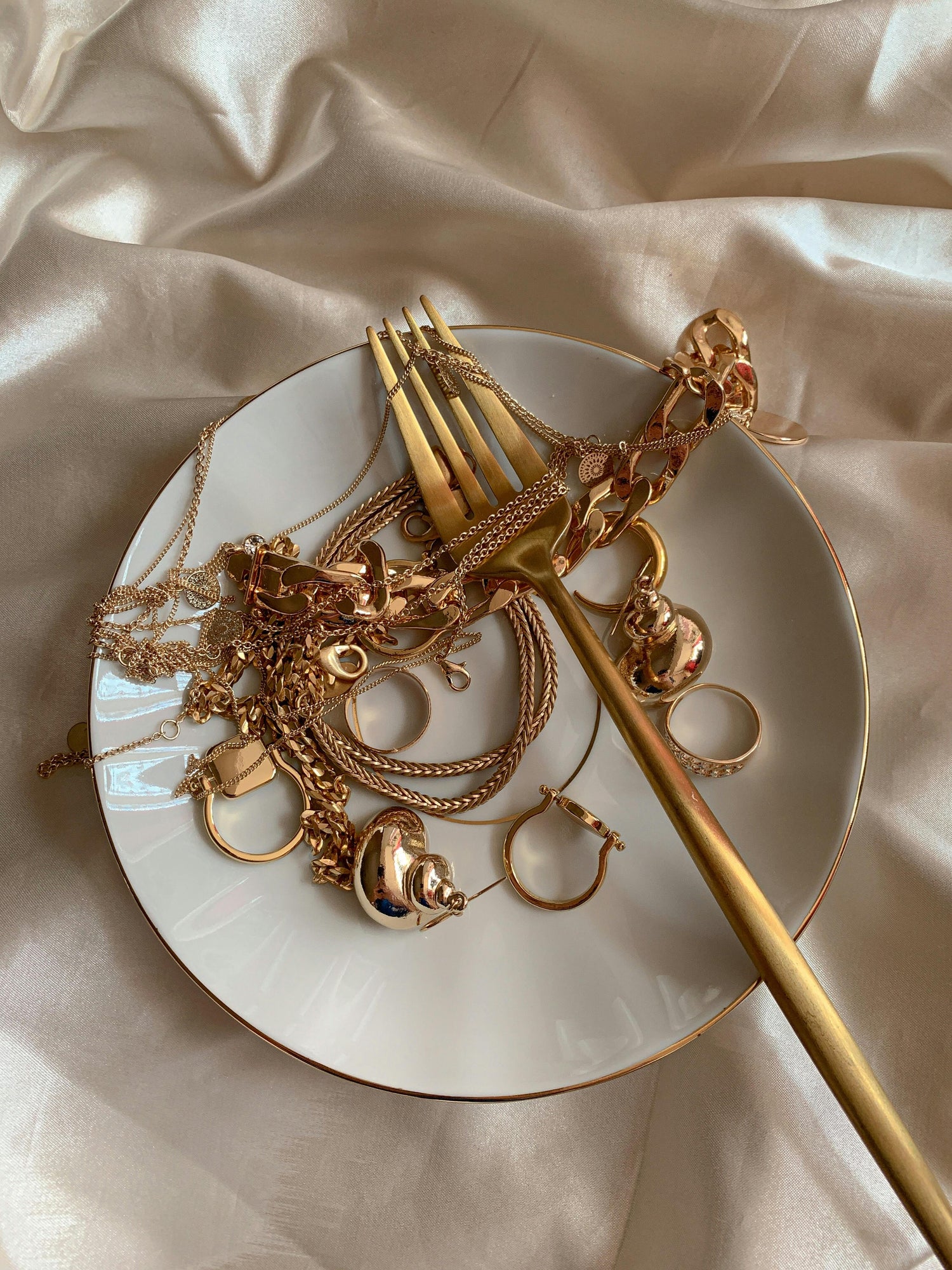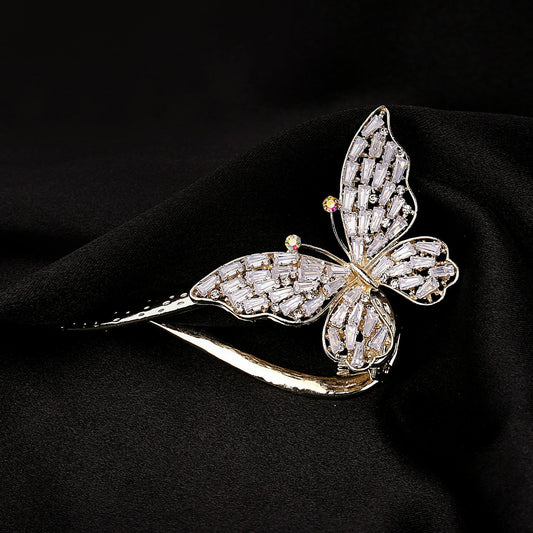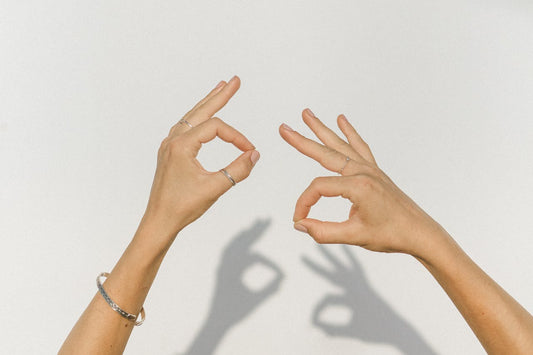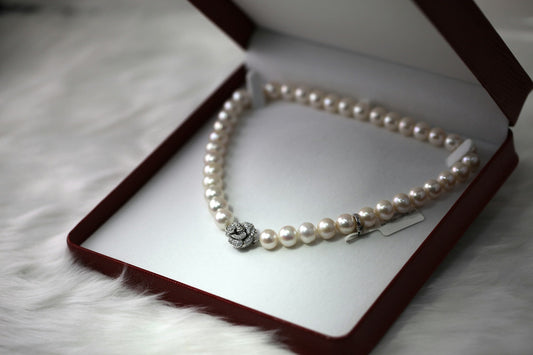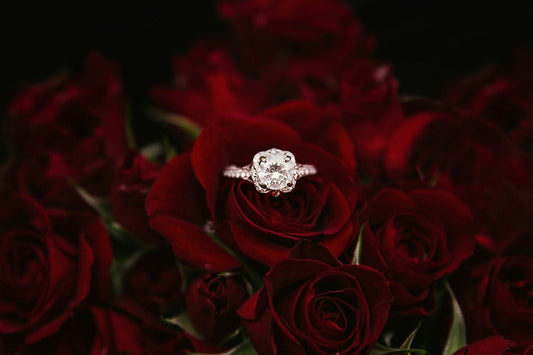The clasp on a piece of jewelry is often an overlooked detail, yet it plays a crucial role in both the security and the aesthetic appeal of your favorite necklaces, bracelets, and anklets. A well-chosen clasp ensures your cherished pieces stay safely on your body, while also contributing to the overall design. At Ora Gift, we appreciate the artistry and engineering behind every component of fine jewelry. Understanding the different types of clasps and how they work can help you choose pieces that are not only beautiful but also practical and secure for your lifestyle.
Here's a guide to some of the most common jewelry clasps you'll encounter:
1. Spring Ring Clasp
-
Description: This is one of the most common and recognizable clasps. It's a circular metal ring with a spring-loaded mechanism that opens when a small lever is pulled back.
-
How it Works: The lever retracts a small bar, creating an opening for the jump ring (or end ring) of the jewelry piece to slide in. Releasing the lever closes the circle, securing the jewelry.
-
Pros: Simple, widely used, relatively inexpensive, and easy to operate with one hand.
-
Cons: Can be small and fiddly for those with dexterity issues, and less secure for heavier or very valuable pieces.
-
Best For: Delicate necklaces, lightweight bracelets, and anklets.
2. Lobster Claw Clasp
-
Description: Named for its resemblance to a lobster's claw, this clasp features a spring-loaded arm that opens inward. It comes in various sizes, from dainty to robust.
-
How it Works: A small lever or trigger is pressed, opening the "claw" to allow the jump ring to enter. Releasing the lever causes the claw to snap shut, locking the jewelry in place.
-
Pros: More secure and durable than a spring ring, especially for heavier chains. Easier to manipulate due to its larger size.
-
Cons: Can still be challenging for some to operate.
-
Best For: Medium to heavy necklaces, bracelets, and anklets.
3. Toggle Clasp
-
Description: A two-part clasp consisting of a bar that passes through an open ring.
-
How it Works: The bar is inserted through the center of the ring and then rotated 90 degrees, so it rests horizontally across the opening, holding the jewelry securely.
-
Pros: Visually appealing, easy to operate, and can be a decorative element of the jewelry.
-
Cons: Less secure than spring or lobster clasps, as it can accidentally unfasten if the bar is not properly aligned or if the jewelry is too loose. Not ideal for very active wear.
-
Best For: Fashion necklaces and bracelets where the clasp is part of the design, often seen on chunkier pieces.
4. Box Clasp (Tab Insert Clasp)
-
Description: A sophisticated and often decorative clasp where a tab or tongue is inserted into a box-like receptacle. It often has a safety latch on the side.
-
How it Works: The tab is pushed into the box until it clicks securely. To open, a small lever on the side is pressed, releasing the tab.
-
Pros: Very secure, especially with a safety latch. Can be integrated seamlessly into the jewelry design, often adorned with gemstones or intricate patterns.
-
Cons: Can be more expensive due to its intricate design.
-
Best For: Pearl necklaces, tennis bracelets, and other high-value, elegant pieces.
5. Magnetic Clasp
-
Description: Two pieces of the clasp contain strong magnets that attract each other to form a secure connection.
-
How it Works: Simply bring the two ends of the clasp together, and the magnets snap them into place. Some designs include a safety mechanism or twist lock.
-
Pros: Extremely easy to use, ideal for those with limited dexterity.
-
Cons: Can be less secure than mechanical clasps, especially if the magnets aren't strong enough or if the jewelry gets snagged.
-
Best For: Lightweight necklaces and bracelets, especially those designed for easy on-and-off wear.
6. Hook-and-Eye Clasp
-
Description: A simple clasp featuring a hook on one end that latches into an eye (or loop) on the other.
-
How it Works: The hook is manually inserted into the eye.
-
Pros: Simple, often used in handmade or artisanal jewelry.
-
Cons: Can easily come undone if not properly secured or if the jewelry is pulled.
-
Best For: Fashion jewelry, lightweight necklaces, and designs where a minimalist clasp is desired.
Choosing the Right Clasp for You
When selecting jewelry, consider not just the design of the piece but also the clasp. Think about:
-
Security: How valuable is the piece? How active will you be while wearing it?
-
Ease of Use: Can you comfortably open and close it yourself?
-
Aesthetics: Does the clasp complement the overall design of the jewelry?
At Ora Gift, we offer a diverse collection of jewelry featuring various clasp types, ensuring both beauty and reliability. Understanding these mechanisms empowers you to make informed choices, allowing you to enjoy your cherished pieces with confidence and peace of mind.
